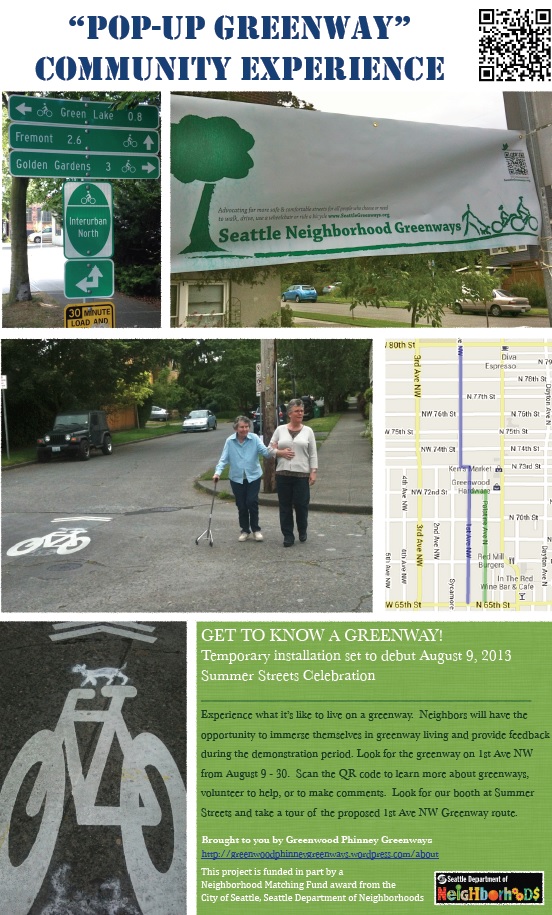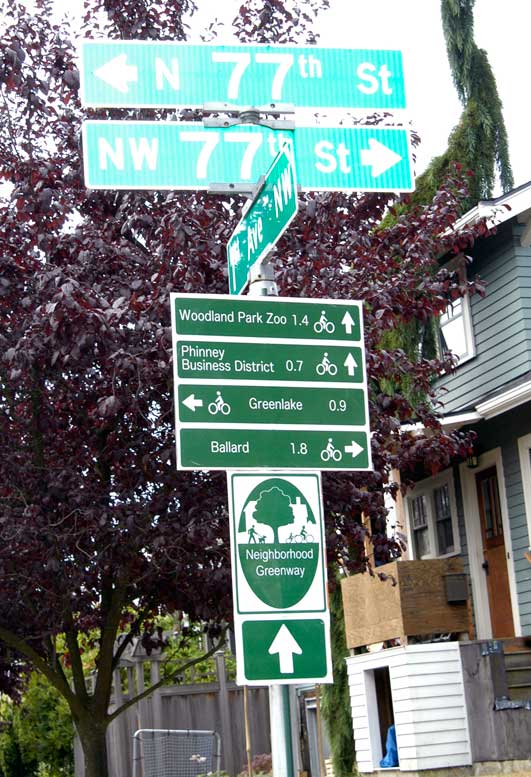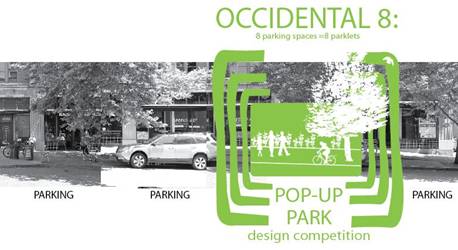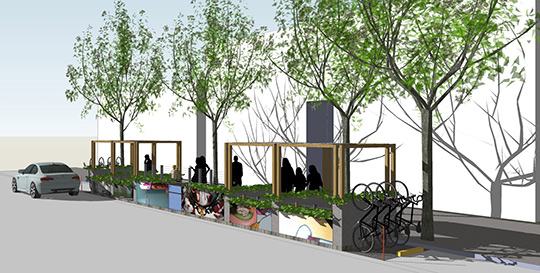A new resource is available for understanding and implementing complete street policies.
As a quick introduction, Kaid Benefield explains in a recent article from The Atlantic Cities, A Brief History of How ‘Complete Streets’ Became Hip, that Complete Streets are, “based on the simple but powerful notion that streets should safely accommodate not just automobiles but also pedestrians, bicyclists and public transit users.”

This article is mostly a review of Barbara McCann’s new book Completing Our Streets: The Transition To Safe And Inclusive Transportation Networks. The concepts she promotes closely match what we are aiming to address with our book on strategies for adapting streets for a shared right-of-way. Our approach is much more graphic and diagrammatic, however the idea that these projects can be implemented at a smaller scale or piloted and tested is similar.
McCann is explicit on the advantages of the process of incremental change and how we can create Complete Streets, “not through big signature projects but through small, gradual improvements.” From a design perspective the ability to test/pilot and iterate an intervention contributes to a more responsive solution that can build momentum, rally champions and gain wider community support.
Seattle City Council established a Complete Streets Policy with Ordinance 122386 in 2007. The policy’s, “guiding principle is to design, operate and maintain Seattle’s streets to promote safe and convenient access and travel for all users —pedestrians, bicyclists, transit riders, and people of all abilities, as well as freight and motor vehicle drivers. This mandate is carried out by the Seattle Department of Transportation (SDOT). Our hope is that our document continues to expand and promote these ideas both locally and nationally.
//
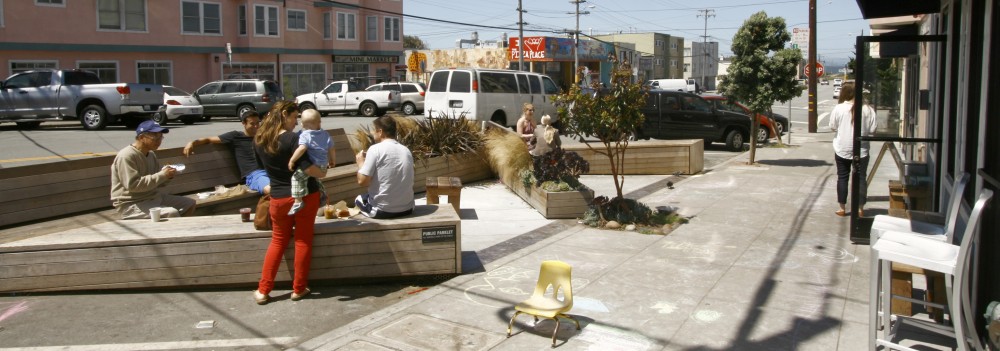






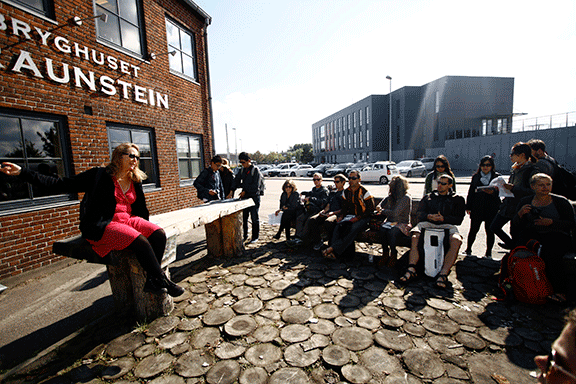
 Bettina was accompanied by
Bettina was accompanied by 






